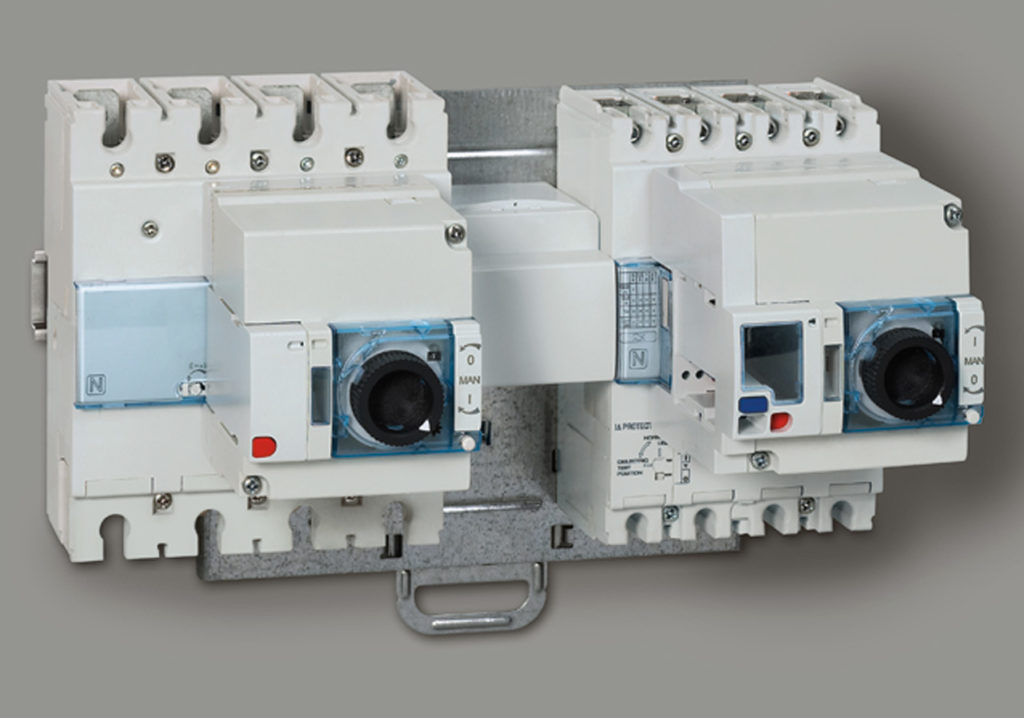Backup power sources are becoming increasingly more popular, and as a result, many homeowners are learning about the benefits of automatic transfer switches. Automatic switches are incredibly valuable pieces of equipment that allow you to sit back and do nothing in an event of a power outage. Without them, you would have to manually switch the primary energy source for your home, which can be extremely inconvenient, because, you know, you have no power in the first place, and you’ll have to wander around in the dark to find the switch.

Installing an automatic AC transfer switch is a pretty straightforward task – you install it upstream of the service entrance panel, which is usually where the main disconnect is located. You should place the AC transfer switch next to the entrance panel, and if the main disconnect is a part of it, you need to pull the meter so that you can de-energize the service entrance conductors. Next, reroute the cables into the transfer switch, plug in the generator, and refeed the entrance panel. Make sure you use appropriate cables that can handle the ampacity and environment.

As briefly aforementioned, there are automatic and manual transfer switches. Manual transfer switches, as their name implies, need to be manually started. Keep in mind that in case of a power outage, the generator will have to supply all of the connected load. In a typical household, this means that you’ll have to manually disconnect the nonessential branch circuits in order to reduce load size because most solar power systems can’t handle all the load.
Fortunately, all of this isn’t necessary with newer, automatic transfer switches. There are models that feature selective loads, which will power up only select branch circuits that have been chosen by the homeowner in advance. However, you should expect to pay more for these switches, plus, they don’t have as much capacity. All you have to do with automatic transfer switches in supply a 60A double-pole breaker that matches the service entrance panel model and make.
There isn’t a fail-proof way to ensure the main disconnect is open before the on-site generator fires up. That being said, some supply lines are prone to backfeeding during power outages. If that happens, the generator’s output is applied to the transformer’s secondary windings, which is then stepped up to the line voltage. This can be extremely dangerous to utility workers. For that reason, getting a certified electrician to install the switch for you is definitely a good idea to reduce the chances of something going wrong.

